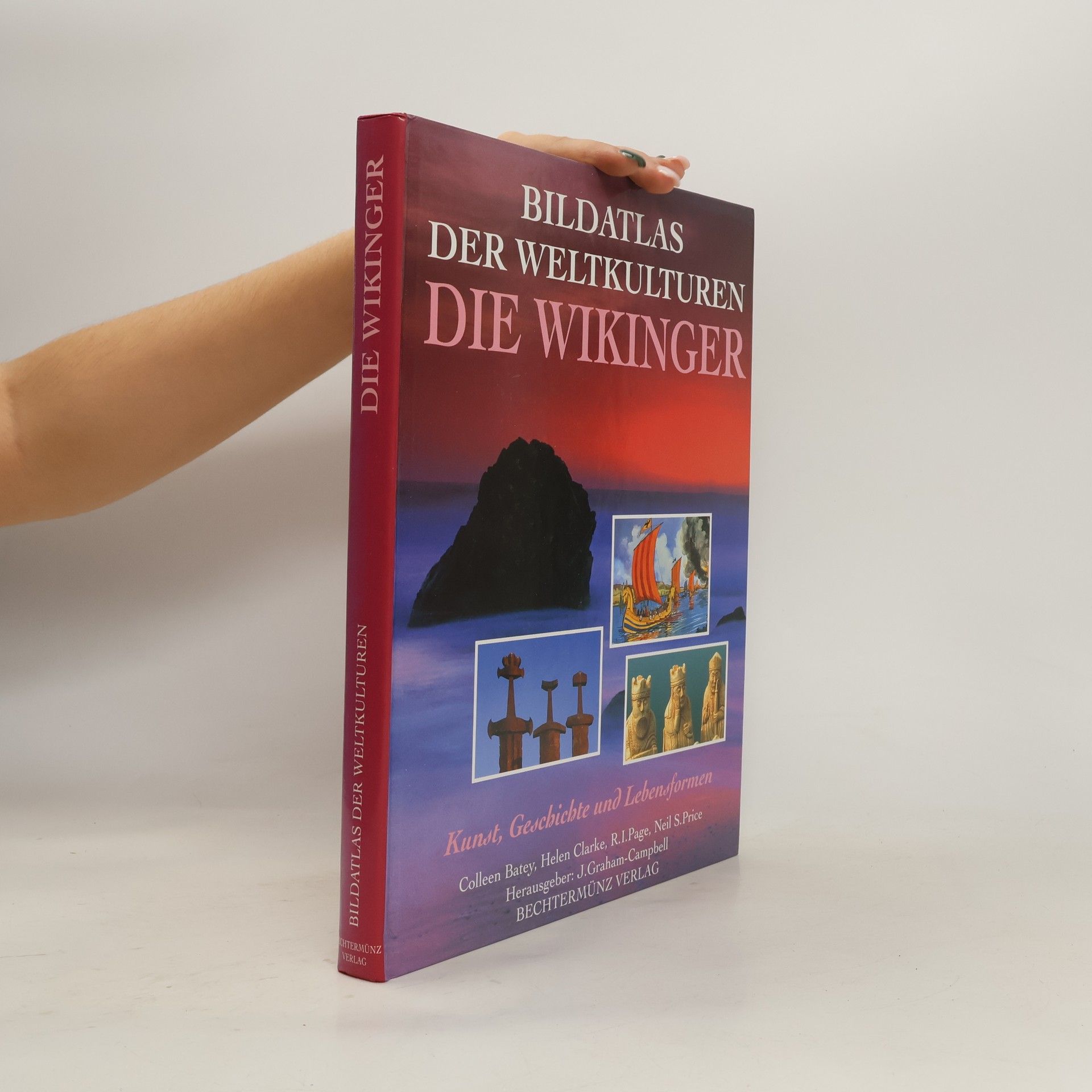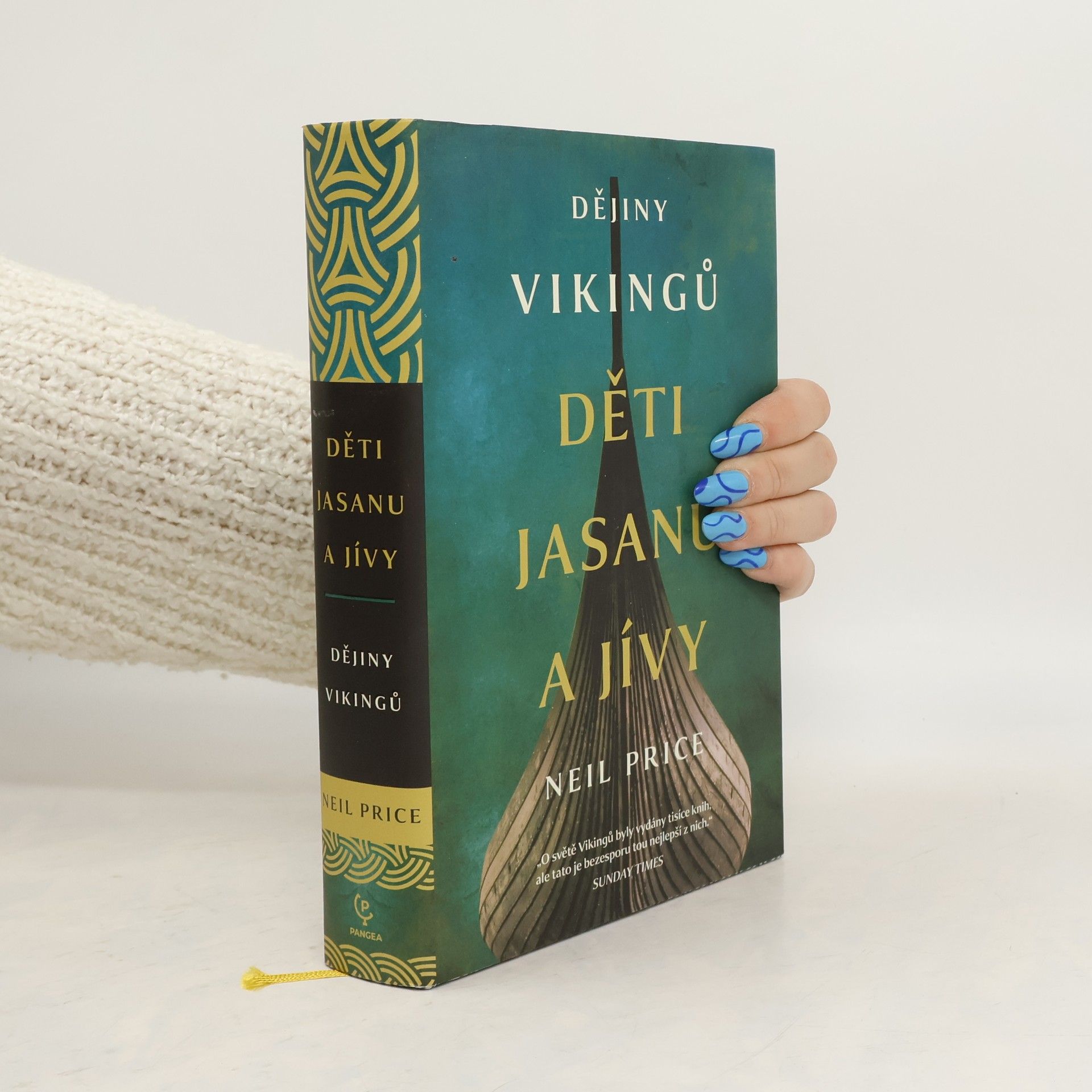Mit zahlreichen Karten, Illustrationen und farbigen Abbildungen bietet der renommierte Experte Neil Price einen faszinierenden Einblick in die Welt der Wikinger. Er hinterfragt die gängigen Vorurteile und zeigt die echten Menschen hinter dem Mythos. Basierend auf neuesten archäologischen Funden, Textquellen und der nordischen Mythologie präsentiert Price die Wikinger so, wie sie sich selbst sahen. Er schildert ihr Alltagsleben und ihre reiche Kultur: Wie lebten sie ihre Religion? Wie war ihre politische Struktur? Welche Rolle spielten Frauen, und wie zentral war Gewalt in ihrem Leben? Von Eirík I., genannt Blutaxt, der den norwegischen Thron erkämpfte, bis zur isländischen Entdeckerin Gudríd, die Amerika erreichte, wird die Geschichte der Wikinger umfassend erzählt. Die opulente Ausstattung und die prächtigen Bilder ergänzen die Erzählung. Kritiker loben das Werk als eines der besten über die Wikinger und heben hervor, dass Price es meisterhaft gelingt, die Welt der Wikinger aus deren eigener Perspektive zu zeigen. Das Buch ist sowohl philosophisch als auch unterhaltsam und bietet einen lebendigen Zugang zur Geschichte, der ein neues Licht auf die Wikinger wirft.
Neil Price Bücher
Neil Price ist ein englischer Archäologe, der sich auf die Wikingerzeit Skandinaviens und die Archäologie des Schamanismus spezialisiert hat. Seine Arbeit beleuchtet die faszinierende Schnittstelle zwischen Wikingerkultur und spirituellen Praktiken. Price untersucht, wie der Schamanismus die Weltanschauung und die sozialen Strukturen der nordischen Völker prägte und bietet tiefe Einblicke in ihre Überzeugungen und Rituale. Seine Forschung bereichert unser Verständnis der wikingerzeitlichen Denkweise und Spiritualität erheblich.







Die Wikinger
- 240 Seiten
- 9 Lesestunden
Hrsg. v. Graham-Campbell, James Unter a. v. Batey, Colleen ; Clarke, Helen ; Page, R. I. Aus dem Englischen von Kreutzer, Gert ; Kreutzer, Jens ( Bildatlas der Weltkulturen). Zahlr., tls. farb. Abb. und Ktn. 240 S.
Delving into the intriguing aspects of magic, sorcery, and witchcraft within Viking culture, this award-winning work offers a fresh perspective on the Viking Age. It meticulously examines historical evidence, shedding light on the spiritual beliefs and practices that shaped this fascinating period. Through this exploration, readers gain a deeper understanding of the cultural significance of the supernatural in Viking society.
The Archaeology of Shamanism
- 256 Seiten
- 9 Lesestunden
In this timely collection, Neil Price provides a general introduction to the archaeology of shamanism by bringing together recent archaeological thought on the subject. Blending theoretical discussion with detailed case studies, the issues addressed include shamanic material culture, responses to dying and the dead, shamanic soundscapes, the use of ritual architecture and shamanism in the context of other belief systems such as totemism. Following an intial orientation reviewing shamanism as an anthropological construct, the volume focuses on the Northern hemisphere with case studies from Greenland to Nepal, Siberia to Kazakhstan. The papers span a chronological range from Upper Palaeolithic to the present and explore such cross-cutting themes as gender and the body, identity, landscape, architecture, as well as shamanic interpretations of rock art and shamanism in the heritage and cultural identity of indigenous peoples. The volume also addresses the interpretation of shamanic beliefs in terms of cognitive neuroscience and the modern public perception of prehistoric shamanism.Part One -- The archaeology of shamanism: Cognition, cosmology and world-view1. An archaeology of altered states: Shamanism and material culture studiesNeil S. Price2. Southern African shamanistic rock art in its social and cognitive contextsJ.D. Lewis-WilliamsPart Two -- Siberia and Central Asia: The 'cradle of shamanism'3. Rock art and the material culture of Siberian and Central Asian shamanismEkaterina Devlet4. Shamans, heroes and ancestors in the bronze castings of western SiberiaNatalia Fedorova5. Sun Gods or shamans? Interpreting the 'solar-headed' petroglyphs of Central AsiaAndrzej Rozwadowski6. The materiality of shamanism as a 'world-view': Praxis, artefacts and landscapePeter Jordan7. The medium of the message: Shamanism as localised practice in the Nepal HimalayasDamian WalterPart Three -- North America and North Atlantic8. The gendered peopling of North America: Addressing the antiquity of systems of multiple genderSandra E. Hollimon9. Shamanism and the iconography of Palaeo-Eskimo artPatricia D. Sutherland10. Social bonding and shamanism among late Dorset groups in High Arctic GreenlandHans Christian Gullov and Martin AppeltPart Four -- Northern Europe11. Special objects -- special creatures: Shamanistic imagery and the Aurignacian art of south-west GermanyThomas A. Dowson and Martin Porr12. The sounds of transformation: Accoustics, monuments and ritual in the British NeolithicAaron Watson13. An ideology of transformation: Cremation rites and animal sacrifice in early Anglo-Saxon EnglandHoward Williams14. Waking ancestor spirits: Neo-shamanic engagements with archaeologyRobert J. Wallis
Děti Jasanu a Jívy: dějiny Vikingů
- 552 Seiten
- 20 Lesestunden
Věk Vikingů, přibližně vymezený roky 750 a 1050 n. l., se stal svědkem nevídané expanze skandinávských národů. Seveřané se vydali do světa jako kupci, nájezdníci, dobyvatelé, objevitelé i kolonisté a ve všech těchto rolích proměnili mnohé kraje i země, od východního pobřeží Ameriky až po asijské stepi.Historii však v tomto případě „nepsali vítězové“, nýbrž jejich oběti – kronikáři národů, jejichž území přeoral místo pluhu vikingský meč. Proto se nám dochovaly zejména zprávy, které líčí Seveřany právě z tohoto pohledu.Kniha Děti jilmu a jasanu je založena na nejnovějším archeologickém výzkumu i zpracování písemných pramenů a přináší nám příběh Vikingů, podaný jejich vlastníma očima: poznáme jejich politiku, kosmologii, umění i kulturu. Price nás seznamuje se skutečnými Vikingy, nikoli s jejich karikaturami, které zaplavily jak populární kulturu, tak leckdy i stránky historických knih.Seznámíme se s Björnem Železným bokem, který vedl loupežnou výpravu na Řím, s Gudrid Thorbjarnardóttir, svého času nejzcestovalejší ženou na světě, ba i s prvním křesťanským králem Dánska, Haraldem Modrozubem a jeho výbojným synem Svenem Vidlím vousem.
